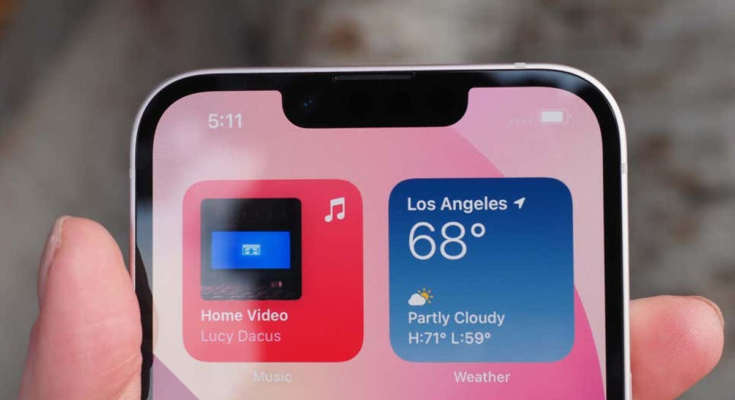
Wouldn’t it be nice to walk into a Genius Bar and back out again on the same day with your problem solved? Apple is apparently working toward that reality for its iPhone users.
According to an internal memo obtained by MacRumors, the company is considering a program that would enable technicians at Apple Stores and Apple Authorized Service Providers to repair Face ID by simply swapping out the module. Technicians will access the TrueDepth Camera service part, which contains the components for both Face ID and the front camera sensors.
The source revealed the move could help reduce the number of whole-unit phone repairs, which would not only make it easier on iPhone users desperate for a quick fix but could help reduce Apple’s carbon footprint—at least by a tiny bit. And it would reduce the chance that an iPhone user has to start from scratch with a new device.
It would also make repairs more affordable for iPhone users who are essentially carrying around a feature prone to issues when it comes in contact with water or pavement. However, there are no specific details on how much the module swap would cost. At present, average iPhone repairs typically range between $399-$549, at least according to Apple’s support pages.
The Face ID module swap will start with the iPhone XS and later. Folks with the iPhone X from 2017, when Apple introduced Face ID, should consider upgrading since the repair kit is not compatible with this particular process.
Face ID has been a contentious feature, at least in its relative repairability. Recently, Apple removed the requirement that requires a tiny microcontroller chip to be transferred between iPhone 13 models so that it became easier to fix the issue.
After that, Apple announced its Self Service Repair program, accommodating DIY repairs by selling customers parts and tools they need to fix their devices at home. Since it was announced, it’s helped spearhead a broader conversation on the right to repair movement, which has been picking up steam in recent years as supply chains dwindle and the cost of hardware increases.
Apple’s influence on consumer technology is arguably unrivaled, so here’s to hoping that this move sets a precedent for the rest of the industry to follow suit. On the Android side of things, phone manufacturers like Fairphone have tried their hand at making a sustainable, repairable smartphone, though it remains a niche device. Perhaps Samsung should be next, it’s one of the biggest Android phone manufacturers and one that’s been touting its commitment to sustainability in its marketing efforts.



